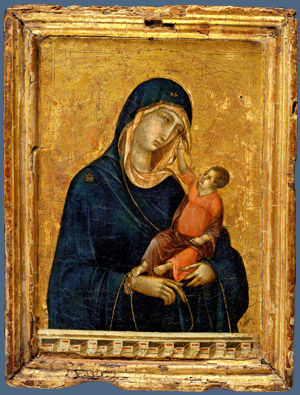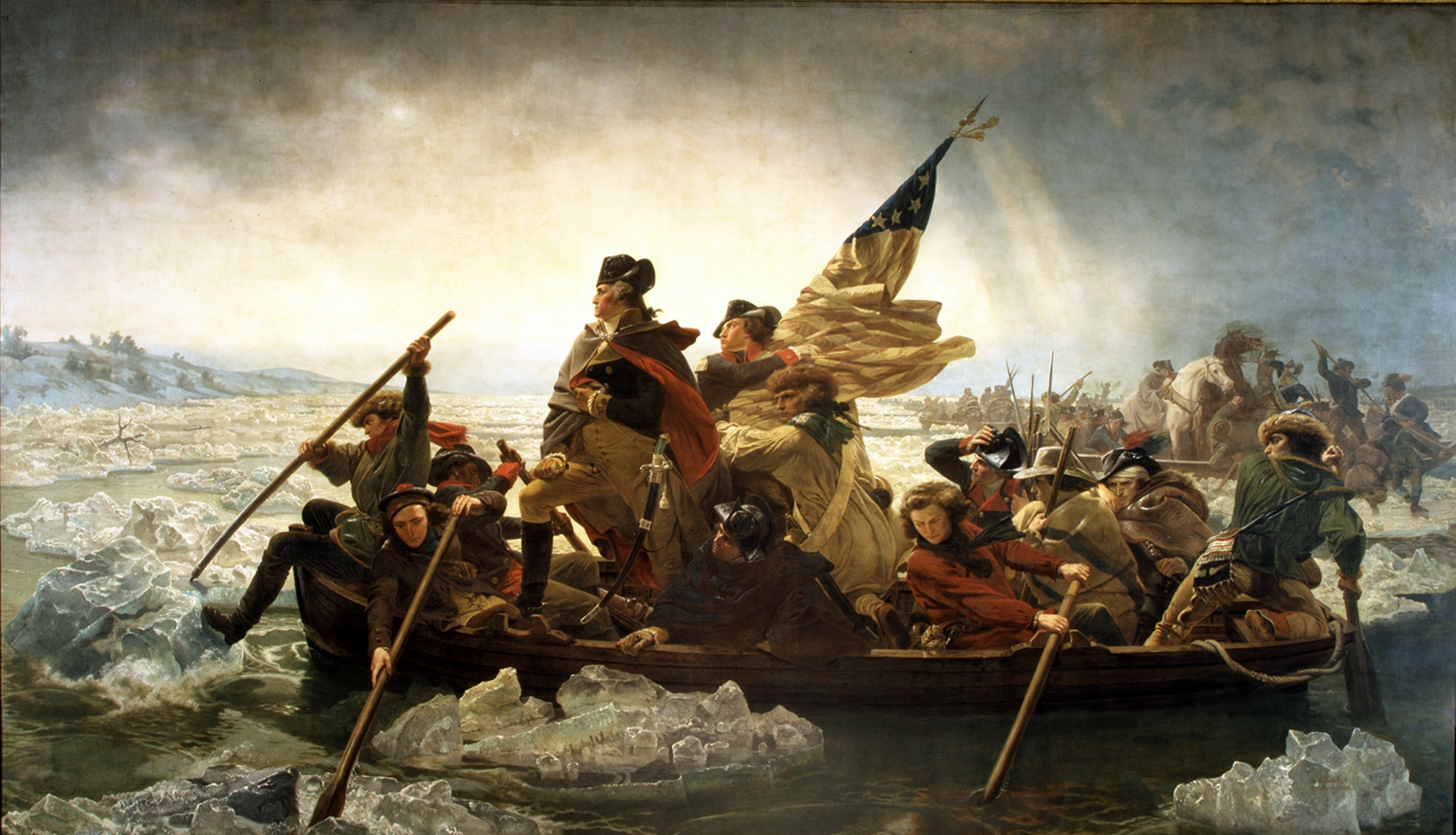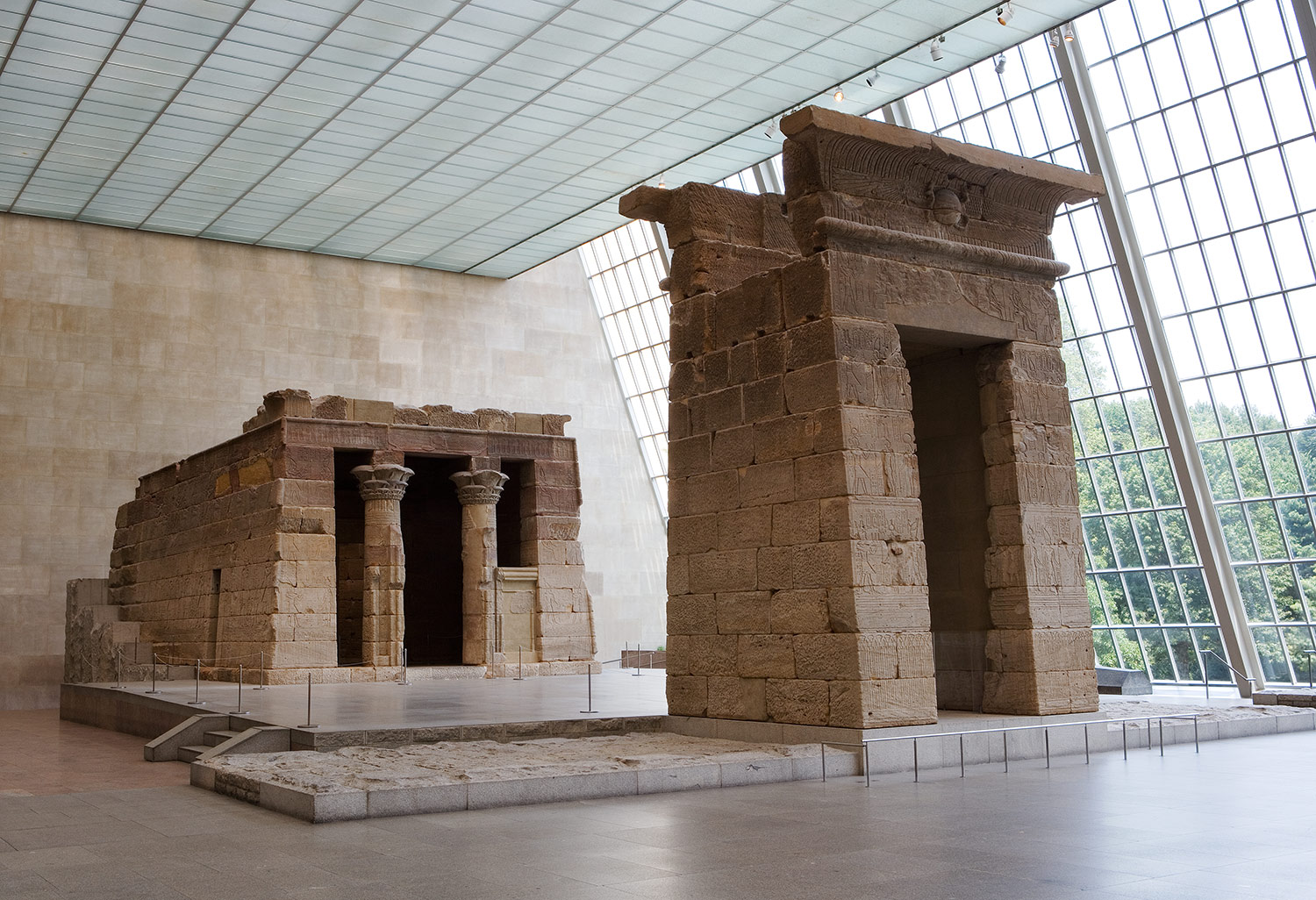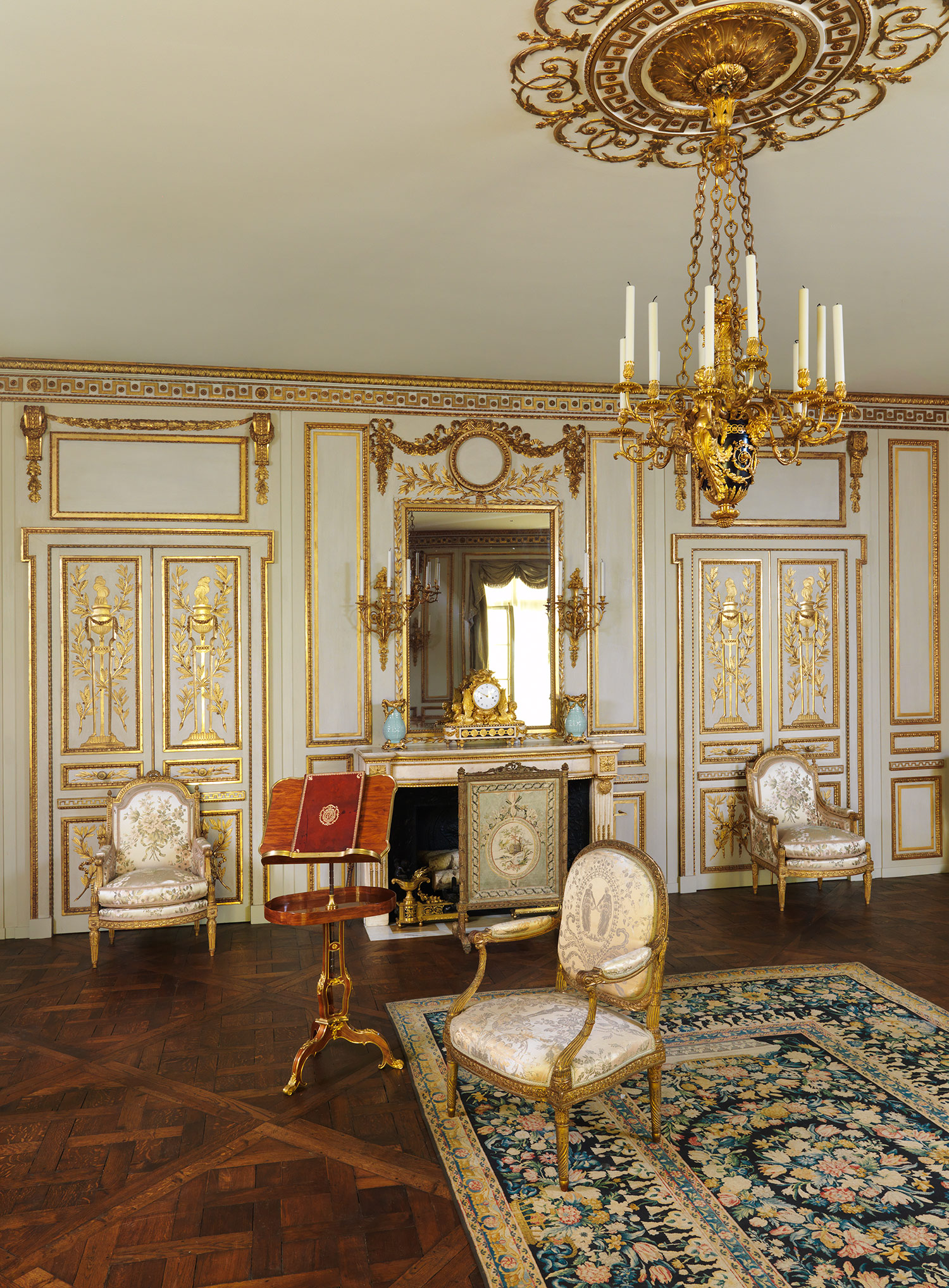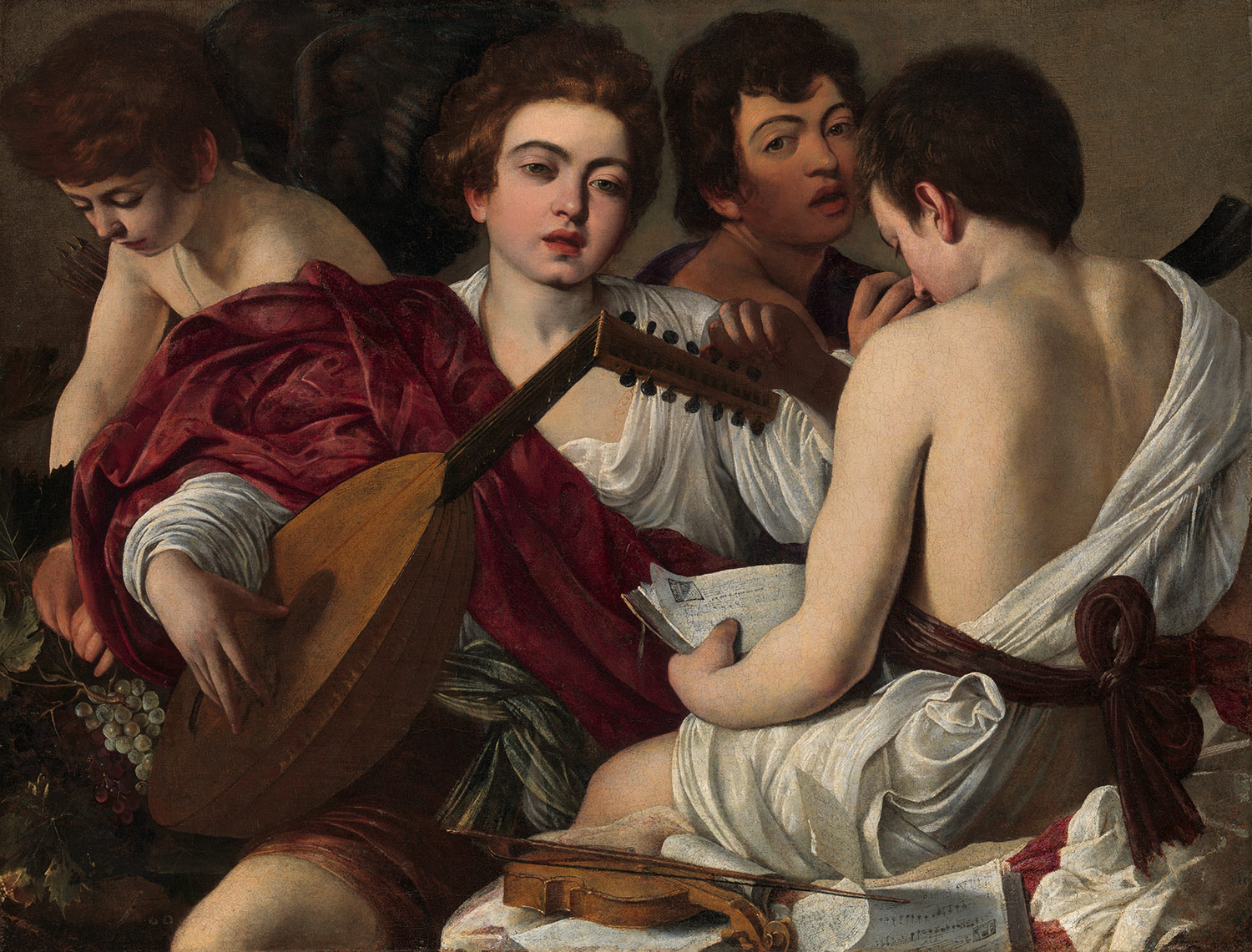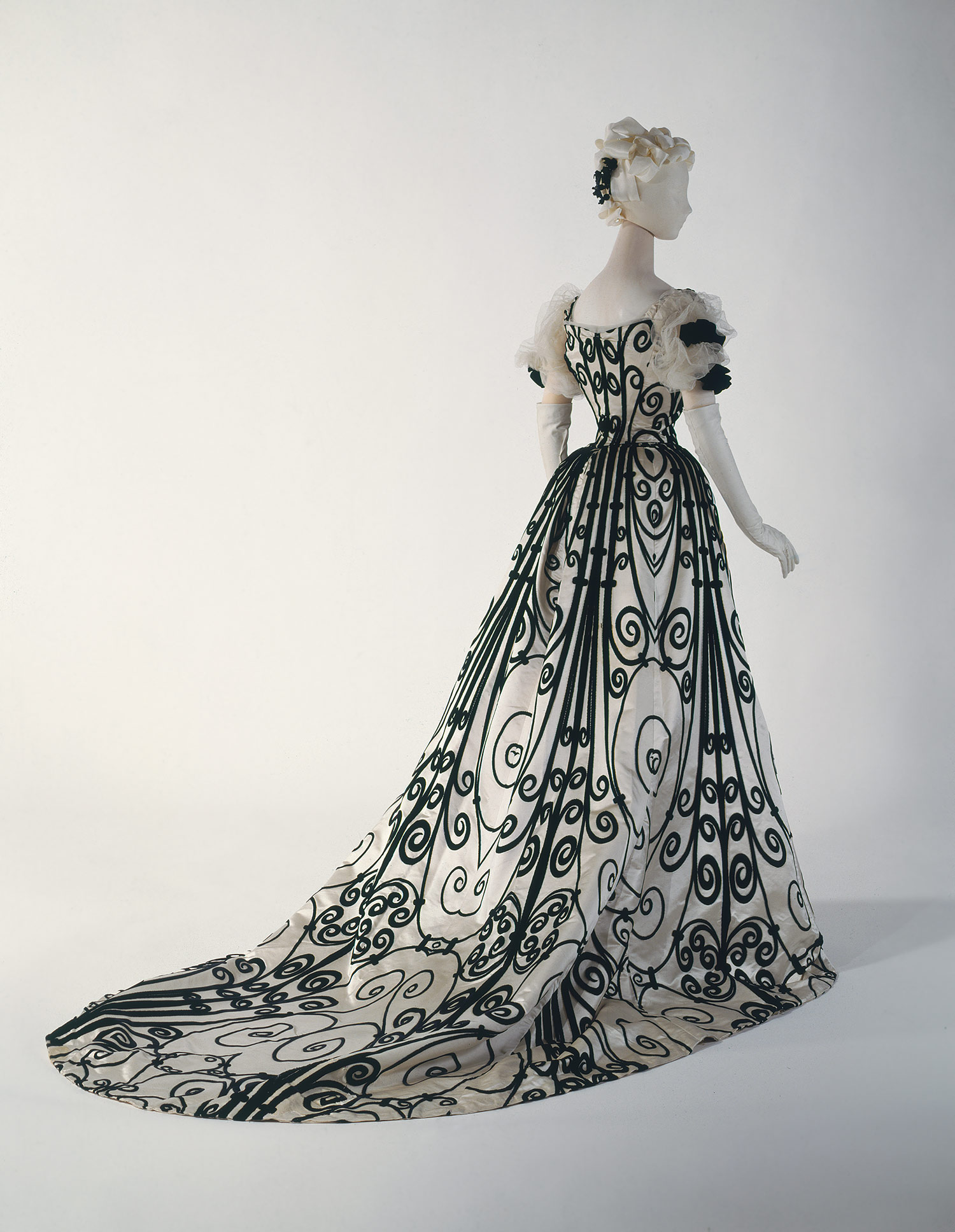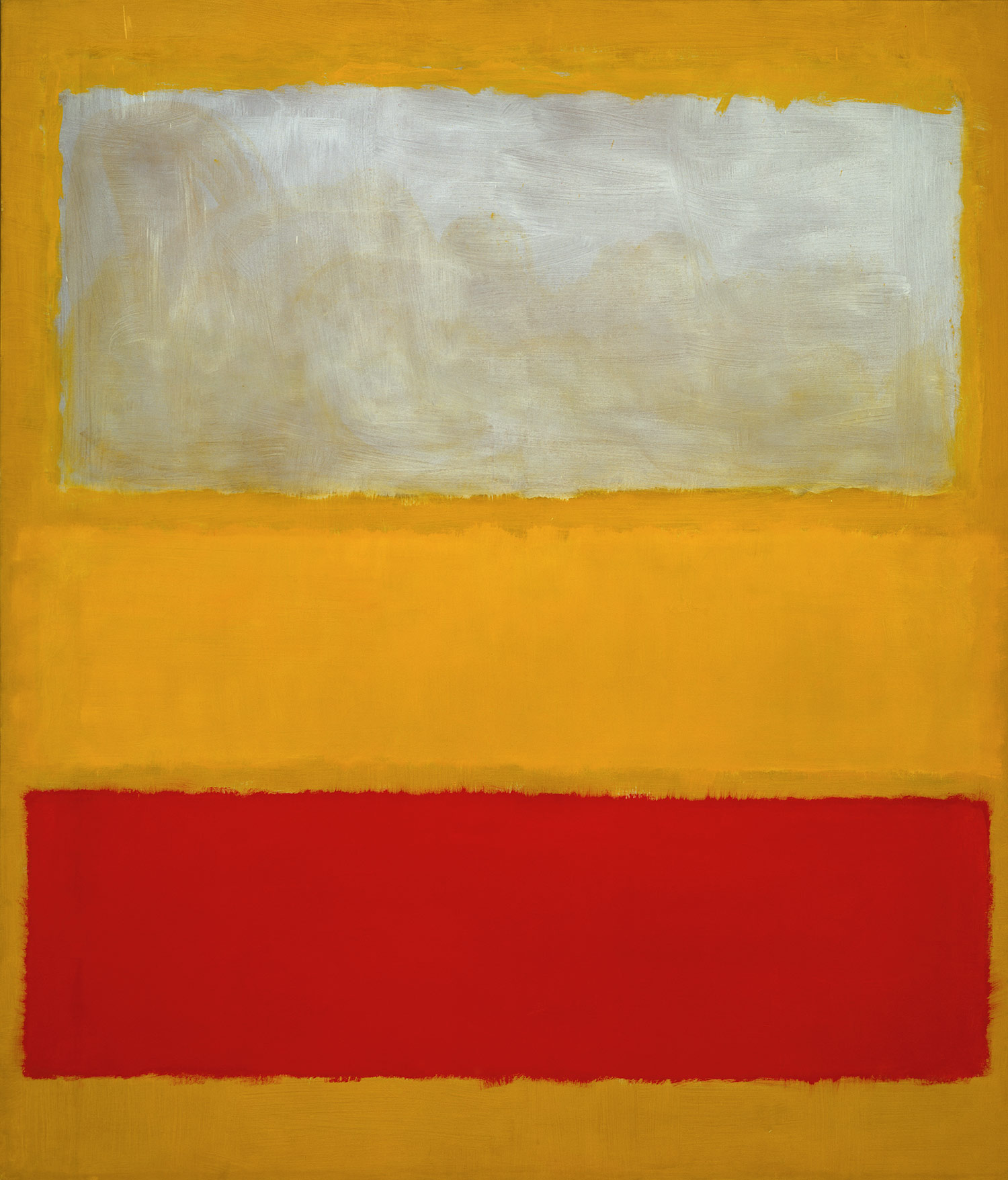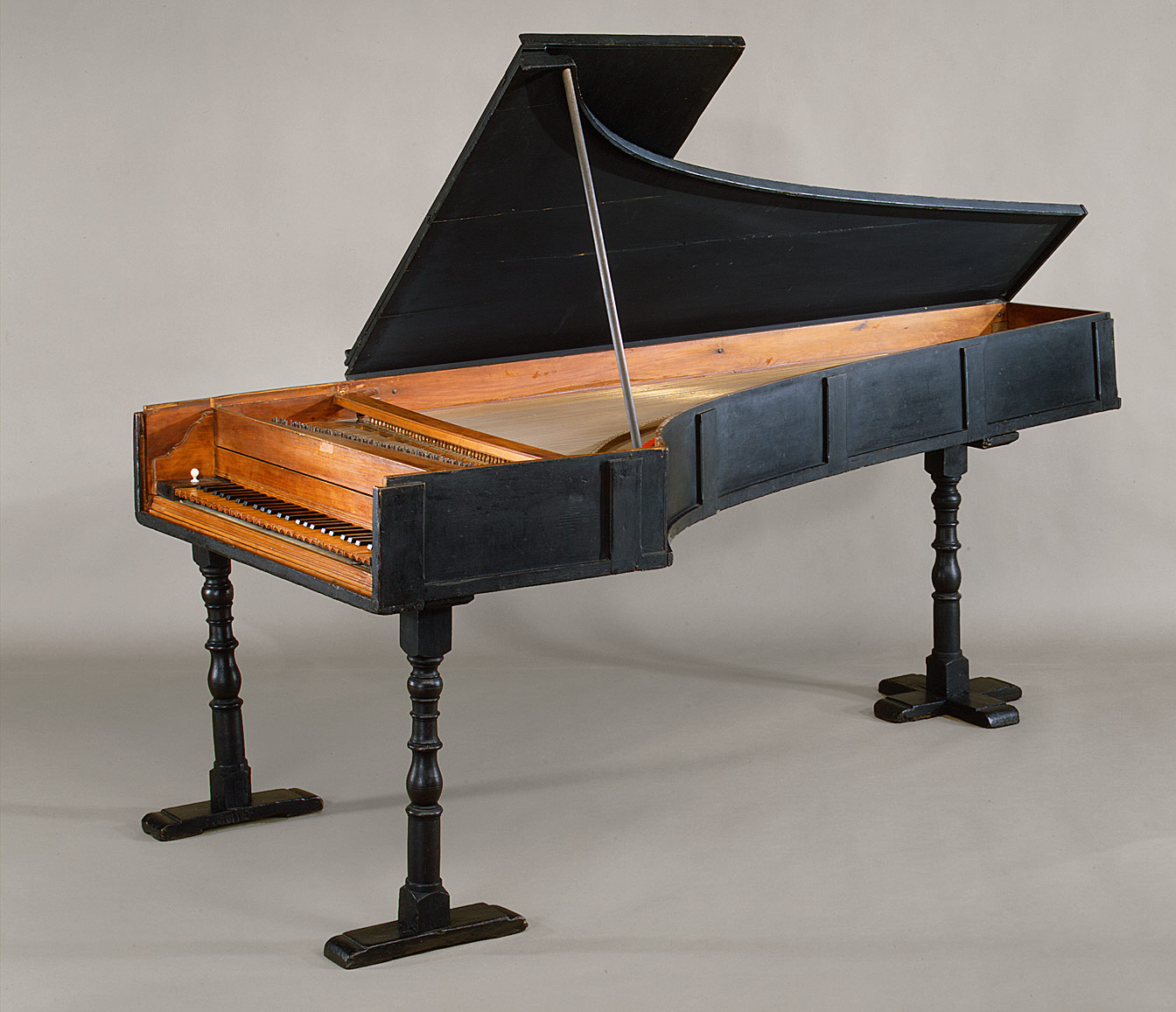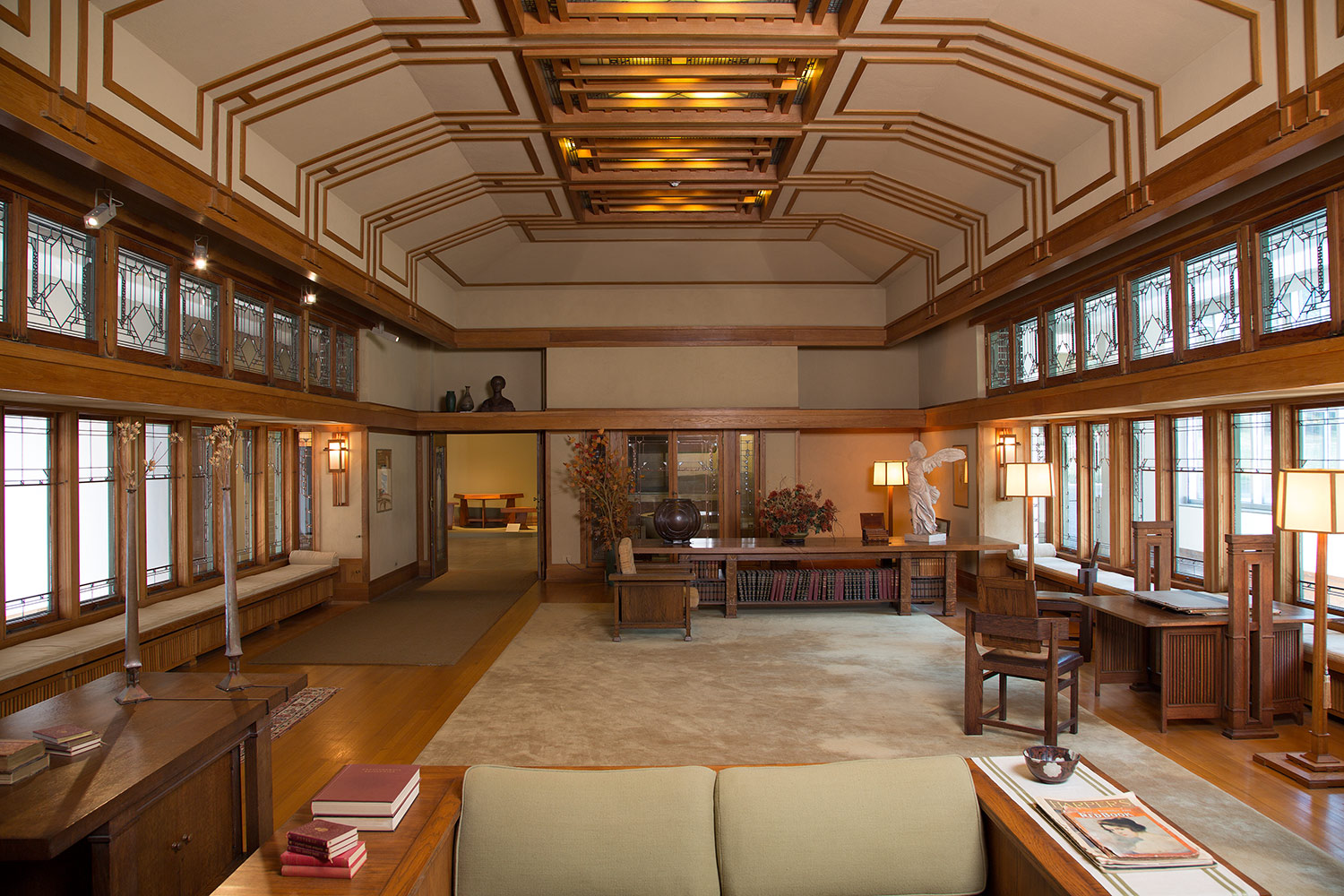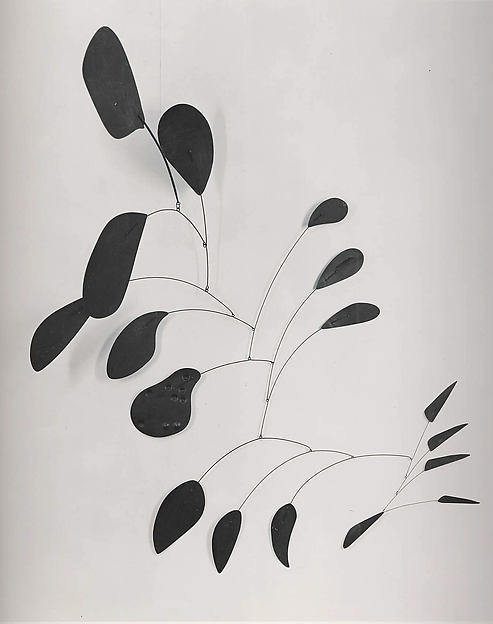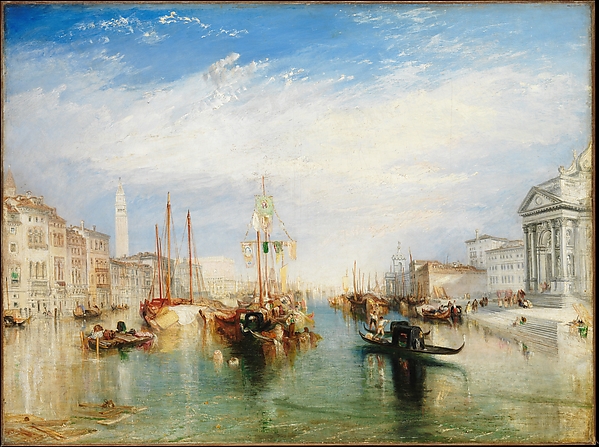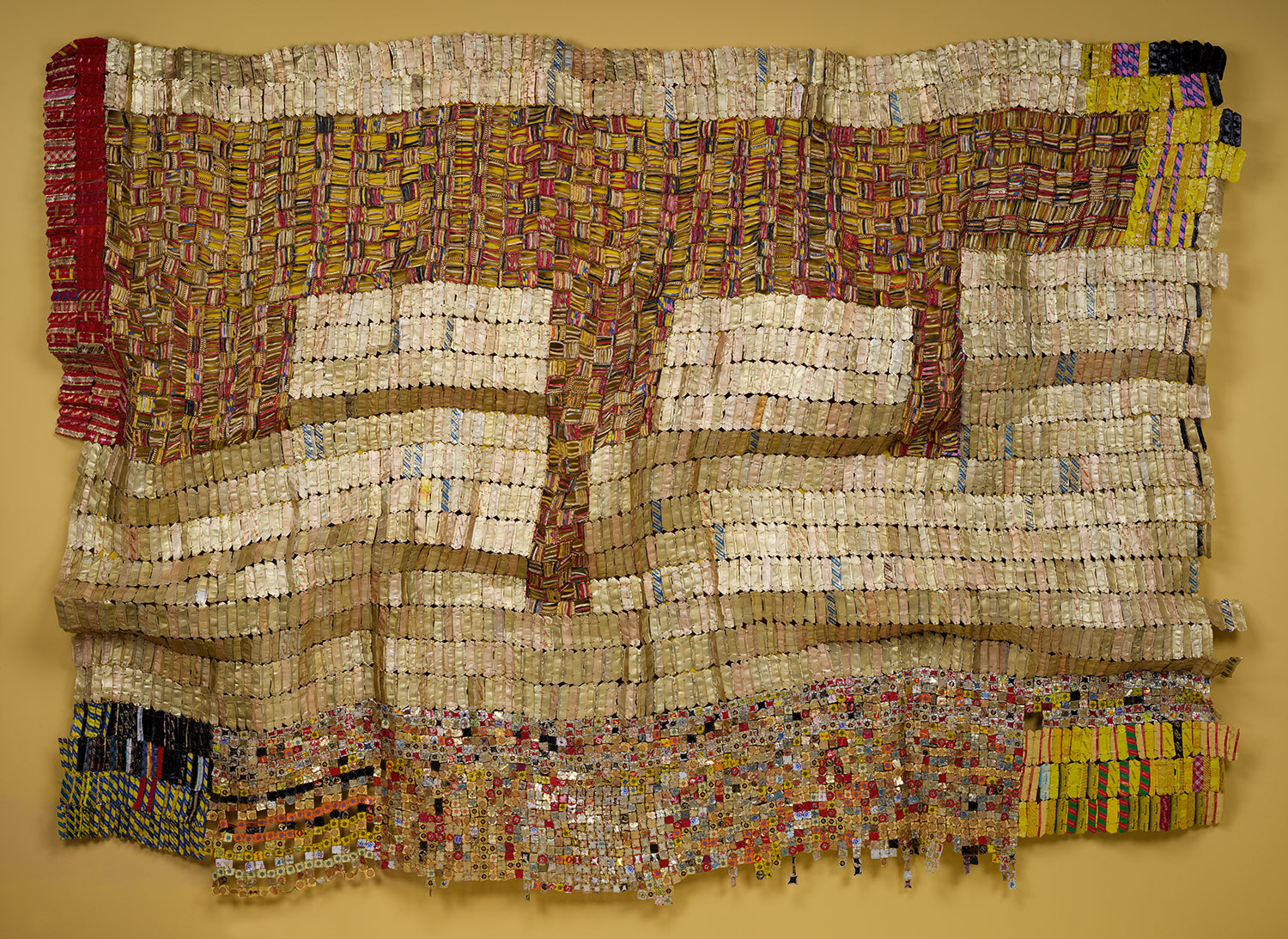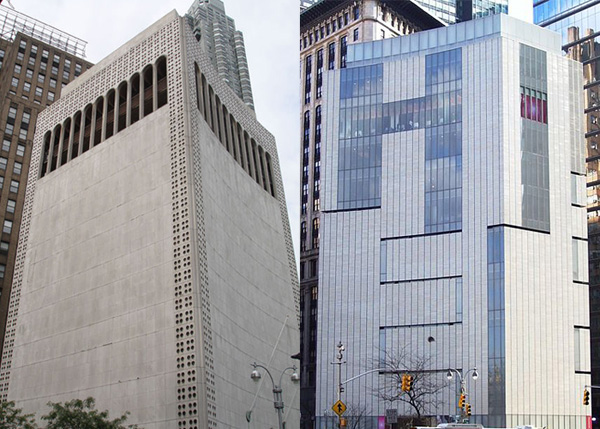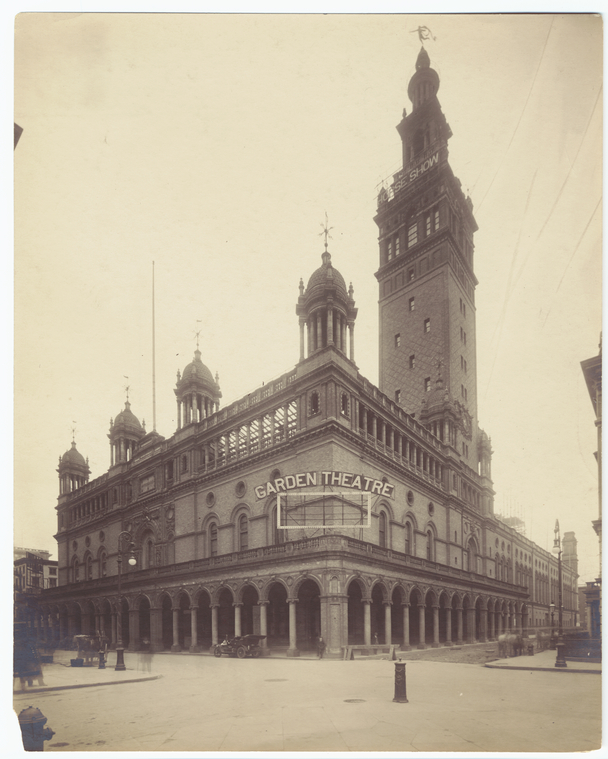Friday, March 30, 2012
The Manahatta Project.
The Manahatta Project
The Manahatta Project (currently under expansion as the Welekia Project) was launched in 2009 in conjunction with the 400th Anniversary of Henry Hudson's historic sail up the river that now bears his name in the rather diminutive but hearty sailing vessel known as the Half Moon.
The Project sought to "re-discover" the Island of Manhattan as Hudson might have encountered it that very first time, a lush verdant hilly landscape, dappled with brooks and ponds, inlets and beaches, cliffs and valleys, and the infamous swamp lands in the middle of the island we now know as Central Park. Anthropological studies were painstakingly researched to determine the vegetation and wildlife of four centuries ago, and after years of data collection, scientific speculation and historical cross-referencing, a map emerged: A map of Manahatta, the Island of Many Hills, the land of the Leni Lenape and Algonquin tribes, part of the Iroquois Nation.
Open the map (it requires Flash Player) and see Manhattan of 2009, the grid of streets and avenues where space seems impossible to find, where buildings abut one another in friendly chaos, where parks are beautiful but designed by the hands of men and carved out of nature, where the bottom half of the island is distinctly "fatter" than it had been after years of nonchalant landfill, broken piers, trash, grounded ships, and, more recently, well thought-out projects like Battery Park City, 90-acres of land added to the southwest corner of Manhattan after the original excavation of the first World Trade Center in 1968.
And underneath this present vision, see the Manahatta of 1609: A very different place, a place where millions upon millions of personal triumphs and tragedies would eventually play out among the diminishing trees and rearranged streams. But this project is not meant to make us weep for the past, but to rearrange our vision of Manhattan in the dawn of a new century.
We are thoroughly committed to our green spaces, and are, for example, in the very midst of a one-million-tree-planting project. We hope to add green spaces to the roofs of almost every building in Manhattan, and as we add bike lanes and widen esplanades, with fewer people in automobiles, we fully expect our city to look much more green again. A canopy of green under which will lie the city that we all love. The best of both maps.
I found this site fascinating and I hope you will as well, with all my best wishes.
Thursday, March 29, 2012
Rat Rock!
Looming over the kid-tastic Hecksher Playground at the southern end of Central Park is a rat-tacular hunk of Manhattan schist, a huge hunk of schist in fact, called Rat Rock. Kids enjoying the playground climb its heights and marvel at the mica shining in the sunlight in between slides and swings and seesaws and the very famous and fierce kick ball games for which the playground is best known. Hecksher Playground is the oldest (1927) and largest (three acres) playground in Central Park and just underwent a multi-million dollar renovation to make the fun even funner and the safety even safer. But if you want to put safety on a shelf for a moment, put on a good pair of sneakers and sneak up the side of the schist and you'll see the gouges of a glacier that scraped gravel along the granite during the last Ice Age, ice that once was a mile thick on top of your sunny head.
Does it look like a large rat to you?
Monday, March 26, 2012
Winston Churchill Square
Winston Churchill is an American! An honorary one, but the first of three people ever to be made honorary citizens of the United States. He actually was half-American. In a page from Downton Abbey, his father was the Lord Churchill of the Dukes of Marlborough. But his mother was the Brooklyn-ite Jenny Jerome. Jerome Avenue is named for her father. So, we honor Winston Spencer Churchill here in NYC, in Greenwich Village, in a tiny quiet little grove on Bleecker Street (it sits on Downing Street proper, but most people access it from Bleecker) that is a scant .05 acres of shady paradise.
Churchill had a contentious but hysterical relationship with NYC society. His wit was often aimed at them, if not elsewhere. Here are some of my favorite barbs and delicious bites:
Bessie Braddock: “Sir, you are drunk.”
Churchill: “Madam, you are ugly. In the morning, I shall be sober.”
Nancy Astor: “Sir, if you were my husband, I would give you poison.”
Churchill: “If I were your husband I would take it.”
A lie gets halfway around the world before the truth has a chance to get its pants on.
Once in a while you will stumble upon the truth but most of us manage to pick ourselves up and hurry along as if nothing had happened.
If you are going to go through hell, keep going.
It is a good thing for an uneducated man to read books of quotations.
You have enemies? Good. That means you’ve stood up for something, sometime in your life.
You can always count on Americans to do the right thing—after they’ve tried everything else.
History will be kind to me for I intend to write it.
The farther backward you can look, the farther forward you are likely to see.
A sheep in sheep’s clothing. (On Clement Atlee)
A modest man, who has much to be modest about. (On Clement Atlee)
I am ready to meet my Maker. Whether my Maker is prepared for the ordeal of meeting me is another matter.
A pessimist sees the difficulty in every opportunity; an optimist sees the opportunity in every difficulty.
To improve is to change; to be perfect is to change often.
Solitary trees, if they grow at all, grow strong.
Success consists of going from failure to failure without loss of enthusiasm.
The best argument against democracy is a five-minute conversation with the average voter.
Everyone has his day and some days last longer than others.
The whole history of the world is summed up in the fact that, when nations are strong, they are not always just, and when they wish to be just, they are no longer strong.
If Hitler invaded hell I would make at least a favorable reference to the devil in the House of Commons.
Saturday, March 24, 2012
Washington Square Park
My thoughts today return to Washington Square Park, home of the triumphal arch commemorating the 100th Anniversary of Washington's Inauguration and designed by Stanford White. To think of the things that happened in this square is to think of the history of this city, and this nation, and in a real sense, of the world in the last two hundred years. Today it sits at the heart of the largest private university in the US, New York University. But think back to the wealthy and elegant families of the 19th Century that lived in that line of town-homes on the northern shore, think of Henry James chronicling their bondage to society in his crushing novel, Washington Square. Think of the Triangle Shirtwaist Company fire in 1911 that brought the city to it's knees in a grief we wouldn't experience again until September 11th, 2001. Look for the "hanging tree" and imagine the last thought of those who swung from it's menacing branch. Then think of happier times, of the glorious music that filled the fountain in the fifties and sixties, the folk explosion that informed a generation of not only musicians but poets and painters and politicos. Look around you at the new lamps and the new flower beds, the new pathways and dog runs, the breath of new life in a park that needed some weeding. On a very personal note, I miss my theatre there, the magnificent Manhattan Theatre Source that brought me to Washington Square more often than I would have gone. Now I'll have to make that special effort to get there unmotivated, except by the centuries of memories that whisper through it's trees and the promise of new memories to come.
Friday, March 23, 2012
Subway connections.
Sometimes, when you take the subway, in the middle of a mass of humanity, you can oddly feel a little lonely, particularly on a day when you've dropped off fifty new friends at the airport and they are no longer following behind you except in the pretty pictures in your mind's eye and the lovely song you can still hear in your mind's ear.
Most people on the NYC subway have found a way to disconnect form the throng, to look inward and take a little break from visual and aural invasion of the madding crowd. The good people at Apple have brought us the iSubway, where everyone is connected to their favorite music or tricky games or, if you're above ground in Queens, your gossip-y friend. But I dispensed with all of that and my crossword puzzles last year to look people in the eyes.
To connect.
And it works! Look across the aisle and smile and more often than not, someone will smile back. It is amazing to be reminded that we are human and people respond in kind. Toddlers are the best. Every one in the world is a potential new best friend to them, and although the consistency of the universe is a little beyond their comprehension and you will disappear from their memories the moment they leave the train, they will make any number of faces at you as long as you make faces back.
We should never forget our toddler heart.
One day, on the A train, a group of very rowdy youths got on board at 14th Street. They were pushing one another, their soft drinks flying, laughing and loud. Very, very loud. Then one of them, unusually tall and thin, touched the overhead bar, rose up en pointe, and effortlessly raised his other leg into an arabesque. The poetry of his movement, this moment, moved me to my core. A random act of artistry, and I was so happy to live in New York, on a subway, like today, where beauty can break out like springtime.
Thursday, March 22, 2012
My shining friends.
Should I ever become weary of my world, should I forget that a special brand of magic awaits me each morning on these streets at my feet, should I fail to look up at this shining night the way they'll tell you not to in NYC, I'll remember you, my new friends, from Arkansas, from Texas. When I see my city through your wonder-filled wonderful eyes, I'm reminded how much my home means to me, and that it is truly only made special by the people, people like you, indeed, specifically you, who teach me more than I could ever teach you.
To Clarksville, a special thank you for your music all week. I must admit to being head-over-heels in love with talent. So, you've won my heart. I am a shadow in your starlight. In return, a song for all of you. Come back and sing it to me one day:
Tuesday, March 20, 2012
Splendor in the grass.
Out of a Tim Burton film, the parabola of a lawn on the Lincoln Center campus is getting ready for another season of thousands of visitors who will climb its curvy verdant sweep to escape the city by one story and take in the sunshine surrounded by the Travertine of Tuscany. Designed by Elizabeth Diller, of the architecture firm, Diller Scofidio & Renfro, the lawn is part of a series of largely subtle changes, pleasing updates, all-around user-friendliness to what had sometimes been described as a bleak, stark urban project. Lincoln Center has a little more life now, a lot more light, and the craziest patch of green that catches your eye and lures you up into its lush life to frolic on a mat of nature in the air. See you up there!
Sunday, March 18, 2012
Junior's Restaurant: Ah, the cheesecake!
Since Jill asked...
There has been a diner on the corner of DeKalb and Flatbush in Brooklyn since 1929. In 1950, owner, Harry Rosen, founded his new restaurant and named it for his sons, Walter and Marvin. Junior's was born. Although a little bit of everything was on the menu, it was the cheesecake that grabbed everyone's gustatory attention. The recipe had been in the Rosen Family for three generations and it well deserves it's nickname, "The World's Most Fabulous Cheesecake."
A fire nearly destroyed Junior's in 1981, and distraught Brooklynites gathered at the catastrophe screaming, "Save the cheesecake! Save the cheesecake!" They couldn't, sadly. But they saved the recipe, and today, Junior's Cheesecake can still be bought at the original location, in Grand Central Terminal, off Times Square, and in the lobby of the MGM Grand in Las Vegas.
And, you can buy it right here, on-line (their new Carrot Cheesecake is Jeff's favorite):
http://www.juniorscheesecake.com/juniors_cheesecake/Juniors_Cheesecake_Home/Our_Collections.php
Breanne's Pick at The Met:
Ugolino and His Sons, modeled ca. 1860–61, executed in marble 1865–67
Jean-Baptiste Carpeaux (French, 1827–1875)
Saint-Béat marble
Ugolino, a traitor to Pisa, was banished to die of starvation with his sons and grandsons. In this haunting, dramatic, gut-wrenching sculpture by Jean-Baptiste Carpeaux, we see the torment in the father's face and features as his sons plead for him to eat them. Perhaps most disturbing, Ugolino seems to be considering it, so painful is his predicament.
Michaelangelo is all over this piece, as Carpeaux was a great student of the genius' work. Notice the perfect anatomy, the muscles, veins, sinews, all contracting in agony. Notice, too the oversized hands and feet, decidedly and purposely out of proportion as vessels of emotion.
To learn more of Ugolino, read Dante's Inferno.
To learn more about this sculpture, visit The Met's extraordinary website:
http://www.metmuseum.org/toah/works-of-art/67.250
Saturday, March 17, 2012
A very old tradition.
The first NYC St. Patrick's Day parade was held March 17th, 1762, fourteen years before the signing of the Declaration of Independence.
It was held on lower Broadway in 1762 by a band of homesick Irish ex-patriots and Irish military serving with the British Army stationed in the American colonies in New York City. This was a time when the wearing of green was a sign of Irish pride and was banned in Ireland. The parade participants reveled in the freedom to speak Irish, wear the green, sing Irish songs and play the pipes to Irish tunes that were very meaningful to the Irish immigrants who had fled their homeland.
For the first few years of its existence, the parade was organized by military units. After the war of 1812, the Irish fraternal and beneficial societies took over the duties of hosting and sponsoring the event. Originally, the Irish societies joined together at their respective meeting places and moved in a procession toward Old St. Patrick's Cathedral in Lower Manhattan on Mott & Prince Streets where the Archbishop of New York would address the crowd before revelers dispersed to celebrate.
Around 1851 the individual societies merged under a single grand marshal and the size of the parade grew sharply. This was when the "Irish" 69th Regiment began to lead the marchers and the Ancient Order of Hibernians became the official sponsor. In the early 90's, the Parade was attacked for its traditional values and in the resulting law suites the organizers rights were up held all the way to the US Supreme court. These attacks continue today. In 1992 the National AOH directed all AOH organizations to form separate corporations to run events such as the Parade. The Parade is run today by members of the AOH under a separate corporation, St Patrick’s Day Parade Inc.
It is considered the largest parade in the world.
Thursday, March 15, 2012
New Tork City gone wrong. (As my typo is thematic, I'm keeping it.)
Granted, how do you make a bus terminal look cool, but this is an epic fail. After decades of repurposing and redesigning, we are still left with this eyesore on 42nd Street. The use of windows on the first two floors may have been '70s chic, but they are terminally filthy with 5,000 buses driving on top of them every day. Every time I pass it, which is every day, I think, "Wow, it looks like a crane fell on top of an ugly mall."
Let me add here, it replaces this,
which is about as exciting as a shoebox. They've never been able to get this building quite right, have they?
Wednesday, March 14, 2012
New York City gone wrong.
This building is quite simply awful. It would be laughed out of Las Vegas where the bar for architecture is, if not low, rather flexible. It's polytetrahedral base is utterly confusing, it's mis-matched asymmetrical tower is faced with a mile of glass in ugly glazes, and the whole thing is bisected by an arc of light that reminds me of a fuse, as if this mess were about to blow itself up out of embarrassment. Out of all the stunning architecture in NYC, THIS behemoth to bad taste is the view from my apartment. Ugh.
New York City gone wrong.
Polled in 1987, this building has the distinction of being the structure the majority of New Yorkers wanted demolished in their hometown. It is overbearing, with unpleasing planes and bared concrete, taking the worst pages from the often interesting Bauhaus School of Design and massing them into what was once the largest commercial office building in the world. As such, it blocks THREE NYC jewels: Grand Central Terminal, The Helmsley Building, and the sweeping view of Park Avenue. And I have to walk around the entire thing just to get home sometimes. Ergh!
Liberty enlightens me again.
Sunday, March 11, 2012
Jeff's Met Picks: Rembrandt
Self-portrait
Rembrandt (Rembrandt van Rijn) (Dutch, Leiden 1606–1669 Amsterdam)
The only museum in the world to house more Rembrandt paintings than The Met is the Museum het Rembrandthuis (or "Rembrandt House") in Amsterdam. This man took the medium of oils to new heights, and new depths, if you will, as his masterly application of hundreds of layers of glazes gave his work remarkable and unsurpassed dimension. His lavishly rich golden-toned works seem to radiate light from within. Rembrandt van Rijn painted himself many times over the course of his life. This is one of his last self-portraits and his honest, unforgiving eye portrays himself warts and all. I am always particularly struck by the wisdom emanating from his well-worn face, and a knowing sense of his psychology in an age that predates the formal science of psychology by some 200-plus years.
Saturday, March 10, 2012
Jeff's Met Picks: van Gogh
Cypresses
van Gogh called cypress trees "Nature's perfect architecture." If you walk north through Central Park to The Met, you pass a grove of them on Cypress Hill. It is an especially fun thing to do if you are taking in the number of canvases of cypresses by van Gogh hanging in the museum. van Gogh's paintings are three-dimensional as he slathers on the paint with such abandon, the wide and wild paint strokes have an actual depth. Paintings in relief. The colors range from brilliant to putrid and the painting is at once a peaceful view of hilly countryside and a manic ride through the mind of one of the world's most celebrated artists, the man who sold one work out of his 2,100 in his lifetime, works that now sell regularly for 50 to 100 million dollars.I wonder that van Gogh wasn't so much troubled as he was lonely. He may have had a social adjustment problem that today we would place on an autism continuum. He suffered from vertigo and inner ear infections, and as such, owns a piece of my heart. He cut off his ear out of pain, not out of love. He's been described as bipolar, epileptic, alcoholic (especially fond of absinthe), porphyric, and schizophrenic. And the end of his life is not often told correctly. A group of local youths in Auvers-sur-Oise taunted van Gogh for weeks, pretending to be his friend. It is very likely they lured him to a garden one day and shot him. He stumbled blocks to his room where he told the manager he had shot himself, despite no gun ever being found. He never told on the boys. He thought they were his friends.
His last words were: The sadness will last forever.
I remember all of that when I see this painting. A man longing for connection, giving life to the inanimate around him. And I do not find the painting sad or the product of a tortured mind. I find it joyful and telling from a man capable of ecstatic highs who paid our price with inconsolable lows.
Jeff's Met Picks: Picasso
The Blind Man's Meal
Pablo Picasso (Spanish, Malaga 1881–1973 Mougins, France)
There was a recent retrospective of Picasso at The Met and all of his "periods" paintings were grouped together. I recall entering the "Blue Period" Room and likening it to a "cathedral of sadness." This painting is extraordinary on many levels. It shows Picasso's development from representational art to abstract expressionism. Hints of his "cubist" period to come are present in his rendering of the blind man's musculature, his clothing, the objects, but also present is Picasso's expert draftsmanship. He could render a human emotion with a line. The loneliness of this figure, groping for his wine, is heightened by the blue palette Picasso employs. And the honesty of the feeling is authentic. This was a particularly sad time in Picasso's life and, like all great artists, he turns that sadness into beauty.
Jeff's Met Picks: Duccio
Madonna and Child
Duccio di Buoninsegna (Italian, active by 1278–died 1318 Siena)
Jeff's Met Picks: Yves Saint Laurent
Dress
Yves Saint Laurent, Paris (French, founded 1962)
Artists have conversations with one another, challenging one another, shaping one another, sometimes outright copying one another as in this homage by Yves Saint Laurent to Piet Mondrian, the Dutch painter famous for a series of canvases much like the shift Saint Laurent created: Vertical and horizontal intersecting lines whose resultant blocks are occasionally filled with only the three primary colors. It was post-War 1919 Paris that led Mondrian to this revolutionary form of graphic abstractionism and harmony of pure color. It was the revolutionary 60s counter-culture in fashion that led Saint Laurent to refer to his predecessor in this now classic dress.
Jeff's Met Picks: de La Tour
The Fortune Teller
Georges de La Tour (French, Vic-sur-Seille 1593–1653 Lunéville)
There are a number of de La Tour paintings at The Met. And one I like particularly more than this one called THE PENITENT MAGDALENE. But this painting, THE FORTUNE TELLER, always makes me giggle. The fatuous, pompous, skeptical, wealthy, young, doughy, prudish man turns his nose up at the old hag of a fortune teller, not realizing he is being totally ripped-off in a pick-pocketing scam by one of her accomplices. de La Tour was fascinated by light and its properties (as are/have been most painters, of course) but the dramatic lighting of this painting reminds me of the kind of stage lighting I am used to but predates de La Tour by some 250 years.
Jeff's Met Picks: Pollack
Autumn Rhythm (Number 30)
Jackson Pollock (American, Cody, Wyoming 1912–1956 East Hampton, New York)
Zoom in on this painting and you will see that although seemingly arbitrary, there is an incredible sense of composition and color Pollack infuses into this very spontaneous work of art. Using splatters and "drip cans" suspended from strings, one can almost see the artist dancing around the canvas. I think of it as a painting of choreography. And as anguished and angry and troubled as Pollack was, I find myself feeling great joy whenever I stand before this. And in the midsts of the fury of the splashes, his muted palette gives me a sense of peace.
Jeff's Met Picks: Renoir
Madame Georges Charpentier (née Marguérite-Louise Lemonnier, 1848–1904) and Her Children, Georgette-Berthe (1872–1945) and Paul-Émile-Charles (1875–1895)
Auguste Renoir (French, Limoges 1841–1919 Cagnes-sur-Mer)
I ALWAYS visit Madame Charpentier. The wife of a wealthy publisher, Renoir knew her husband who asked him to paint this seating. With it's vivid colors, it's forced perspective, the shifting gazes of the porcelain-complected subjects, and the formidable figure of Mme. Charpentier herself dominating the group in black, one's eyes are hurled around this painting in a frenzy of activity and motion, belying the quiet household setting, a loving one, as evidenced by the dog, "Fido" if you will, or the well-known symbol for fidelity in a marriage.
I have Renoir on my mind today. I must confess to having had grown less fond of him, him and his pretty paintings. They were commercially successful with their idealized subjects and doe-eyed models in a time when his contemporaries were struggling to eat. They lack the early signs of abstract expressionism of Cezanne, the primitive force of Gaughin, the ugliness of life in the rising bourgeoisie of Degas, the madness of van Gogh, and eventually, the brutal deconstructionism of Picasso. But he was an utter original, Renoir was. Copied poorly and ad nauseum for a century, I must remind myself that he was the first to apply color as boldly as he did, and, along with Monet, to start to dispense with the realism of his predecessors
Jeff's Met Picks: Brancusi
Bird in Space
Constantin Brancusi (French (born Romania), Hobita 1876–1957 Paris)
February 19th is Brancusi's birthday. Don't know why I always remember that. His departure from his earlier mentor, Auguste Rodin and Rodin's very classical approach to sculpture, could not be more pronounced than in this sleek, soaring, expressionistic vision of a bird in flight. It is less the bird in flight than it is the very essence of flight itself. Surprisingly simple, it is I think, a masterpiece of both proportion and allegory, sensual and solid, and utterly modern in every good sense of the word. Happy Birthday, Constantin!
Jeff's Met Picks: da Vinci
The Head of the Virgin in Three-Quarter View Facing Right
Leonardo da Vinci (Italian, Vinci 1452–1519 Clos-Lucé)
The Met's Collection is arguably the most eclectic in the world. Although Italy and France are home to his most famous works, da Vinci is well represented here in a number of studies and drawings like this one in charcoal. That he could achieve such a painterly quality, such realism, evoke such ethereal maternal affection with a piece of chalk is astounding. My favorite left-hander in history, he was equally adept with his right hand, endlessly curious, an inventor of ideas that would eventually dominate our lives 600 years later, an acutely accurate anatomist, a passionate liver of life, he was the very model of what we now call "The Renaissance Man."
Jeff's Met Picks: Leutze
George Washington: Man, Myth, Monument
Washington Crossing the Delaware
Emanuel Leutze (American, Schwäbisch Gmünd 1816–1868 Washington, D.C.)
Yup! This is where it is!
Leutze's painting, in an age of limited media, made Washington a rock-star. And did much to promote his prestige, both actual and mythological, throughout the world. As an iconic painting, it is rife with factual inaccuracies. Among them: They are crossing the wrong way, it is daylight when they they in fact, crossed at night, the flag in not the flag Washington carried into battle, and Washington is standing. Not a good idea in a small boat. Fun fact: The figure behind Washington is future President James Monroe! I love this painting. And, if you didn't know, it is GYNORMOUS!
Jeff's Met Picks: Ingres
Joséphine-Éléonore-Marie-Pauline de Galard de Brassac de Béarn (1825–1860), Princesse de Broglie
Jean-Auguste-Dominique Ingres (French, Montauban 1780–1867 Paris)
Ingres' mastery of his medium defies my vocabulary. The sheen of the silk, the airy lace about her head, the grace of her hands, and the serenity in her radiant face are all rendered exquisitely. That this woman, the Princesse of Broglie, would be dead in just a few years from tuberculosis, adds an element of sadness to the painting that I find so interesting. There is a knowing mortality to her enigmatic expression. But luckily for us, Ingres has made her eternal in her spot in the Robert Lehman Collection at The Met.
Jeff's Met Picks: David
Antoine-Laurent Lavoisier (1743–1794) and His Wife (Marie-Anne-Pierrette Paulze, 1758–1836), 1788
Jacques-Louis David (French, 1748–1825)
Oil on canvas
that hangs in Belgium and is often referred to the painting that started the French Revolution, this painting of his is a masterpiece of portraiture, trompe l'oeil, and neoclassicism. M. Lavoisier, a genius in chemistry (he discovered the chemical composition of water!), went on to lose his head in the Reign of Terror, so it is particularly poignant to see him and his wife, who took all his notes in the workplace, in this moment of quiet, marital equality and happiness.
Jeff's Met Picks: Winogrand
El Morocco, 1955
Garry Winogrand (American, 1928–1984)
Gelatin silver print
I grew up seeing this image everywhere. Then, to see it hanging at the Met, I understood why. The composition is as perfect as any High Renaissance painting. We do not see him. We see her reaction. And it is feral, urban, specific to the Cafe Society of the NYC Supper Clubs of the 40s and 50s, and universal in its emotional life. It is one of the images that took the camera on its very long journey from novelty to its rightful destination as an instrument of serious art.
Jeff's Met Picks: Tiffany
Magnolia and Irises, ca. 1908
Louis Comfort Tiffany (American, 1848–1933); Tiffany Studios
Leaded Favrile glass
As beautiful as this is, we are slightly accustomed to the heights of craftsmanship L.C. Tiffany achieved in glass. Imagine, 100 years ago, seeing this virtual oil-painting in glass and being 100 times as awed by this sumptuous pastoral scene. I still can't figure out how he throws that bit of haze over the water of the river. Simply stunning.
Jeff's Met Picks: Cezanne
Mont Sainte-Victoire and the Viaduct of the Arc River Valley, 1882–85
Paul Cézanne (French, 1839–1906)
Oil on canvas
Cezanne painted Mont Sainte-Victoire many many times. This view always intrigued me. Why plant a tree right in the middle of the painting? But look what he has done. The tree, and the intersecting aqueduct in the distance, have divided the canvas into distinct quadrants, doing EXACTLY what he wanted to accomplish, as the description suggests: reveal the inner geometry of nature and make of Impressionism something solid and durable, like the art of museums.
Jeff's Met Picks: Monet
The Houses of Parliament (Effect of Fog), 1903–4
Claude Monet (French, 1840–1926)
Oil on canvas
Jeff's Met Picks: Temple of Dendur
The Temple of Dendur, Roman period, ca. 15 B.C.
Egyptian; Dendur, Nubia
Sandstone
When Napoleon's troops stumbled upon this, they carved messages into the stone. So, here, in NYC, with Central Park looming on the other side of the great glassed Northern Wall of The Met, you can see an ancient Egyptian Temple marred by early 19th century French Graffiti!
Jeff's Met Picks: Hotel de Cabris
Boiserie from the Hôtel de Cabris, 18th century (ca. 1775–78, and later)
French (Paris); Made in Paris, France
Oak and plaster, painted and gilded; bronze-gilt, mirror glass, oak flooring
The Met is home to many lush and authentic period rooms. This one is among my favorites. "Boiserie" refers to the elaborate paneling, carved and gilded, that make up these extravagant walls. I'm a firm believer that no other art form is more informative about the culture that creates it than architecture. To take in the formality, the pomp, and the sobriety of this room is to take in the people that once roamed its oak floors, two hundred and thirty years ago.
Jeff's Met Picks: Caravaggio
The Musicians, ca. 1595
Caravaggio (Michelangelo Merisi) (Italian, Lombard, 1571–1610)
Oil on canvas
I love this painting. So innocent. "Cupid" playing on a lute. Caravaggio's love of chiaroscuro carves the figures out of the background of the painting. It is sweet, youthful, hopeful. And dark. Caravaggio was dark, constantly drunk, brawling, and responsible for at least two murders. And dead himself at 36. And inside all of that darkness was this genius.
Jeff's Met Picks: House of Worth
Evening dress, 1898–1900
House of Worth (French, 1858–1956)
Silk
The often forgotten Costume Collection features this gown by one of the very first couturiers, Charles Fredericke Worth. It is a remarkable example of the prevailing design form of the day, the one that preceded Art Deco, called Art Nouveau.
Jeff's Met Picks: Rothko
No. 13 (White, Red, on Yellow), 1958
Mark Rothko (American, born Russia, 1903–1970)
Oil and acrylic with powdered pigments on canvas
Emerging from the horrors of two world wars, Rothko was on the avant-garde of a series of artists who felt that representational art no longer expressed the emotional scars of grief and horror that had scoured the entire earth. So he turned completely to abstraction. Bypassing all the literary parts of our brain, Rothko generates pure emotion in his "windows on the universe." I look in his paintings, and catch a glimpse of eternity. I can stand in front of them for hours.
Jeff's Met Picks: Cristofori's piano et forte
Grand Piano, 1720
Made by Bartolomeo Cristofori (Italian, 1655–1731)
Florence, Italy
Various materials
One of four extant pianos in the world created by the very inventor of the piano (or pianoforte as it was known), Bartolomeo Cristofori. Without this, we would not have has Bach or Mozart or Beethoven or Liszt, or Rachmaninoff or Debussey or ...
Jeff's Met Picks: Frank Lloyd Wright
Living room from the Little House, Wayzata, Minnesota, 1912–14
Frank Lloyd Wright (American, 1867–1959)
This living room is a wonderful synthesis of everything Wright tried to establish as modern, inviting, open living spaces, where family could convene, relax, and commune. It's influences come from the earth, from Japan, from the prairie. It is a conversation with the world.
Jeff's Met Picks: Alexander Calder
Alexander Calder invented the mobile in 1931, which was christened by his friend Marcel Duchamp. You may have had one dangling over your cradle. Calder's works are all over the world--some of the greatest public art we know. And, they change and move and dance and flow. Miracles of art on a string.
Jeff's Met Picks: Rodin
The Burghers of Calais
Auguste Rodin (French, Paris 1840–1917 Meudon)
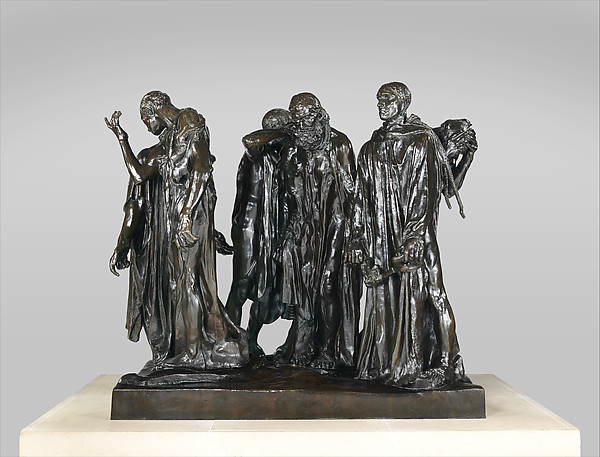
*******
After visiting the Rodin Museum in Paris and observing the painstaking process Rodin went through to achieve this monumental sculpture, each of the six figures agonized over in rendering after rendering and grouped together in any number of sculptural sketches, it is a wonder he ever sculpted anything else, let alone thousands of pieces of everything from mythological figures, to fantastical Biblical explorations, to busts and figures of his contemporaries, some of the greatest thinkers and artists the world ever produced. Do you remember the conversation the Burghers are having here? If not, we'll go see it again and listen to them.
Jeff's Met Picks: Turner
Jeff's Met Picks: Bronzino
Portrait of a Young Man
Something in the way Bronzino caught the confidence, immortality and naiveté simultaneously in this painting of a young man always struck me with great clarity of purpose making it one of my favorite paintings at The Met.
Jeff's Met Picks: El Anatsui
Between Earth and Heaven, 2006
El Anatsui (Ghanaian, b. 1944)
A recent acquisition, I pretty much stumbled upon this enormous, undulating work of such tactile intricacy and detail that I found myself that afternoon felled and moved to tears by its impact. I don't often put great stock in titles as good art speaks better for itself, but "Between Earth and Heaven" is as appropriate here as it is evocative, and informed my experience of the work.
New New York: 15 Central Park West

I'm old enough to remember the declining elegance of the old Mayflower Hotel, which was razed to make way for this sparkly, stately, mildly over-the-top apartment building at the southern end of Central Park West. It is not terribly interesting, but the design team worked hard to nod their heads to the old-world old-monied buildings in the immediate neighborhood while upping the ante slightly when it comes to pizzazz. The roofline looks like a Roman village in Tuscany. It is or already has been home to actor Denzel Washington, NASCAR driver Jeff Gordon and chairman Brian France, musician Sting, director Norman Lear, real estate developers Aaron & William Zeckendorf, Citigroup chairman Sandy Weill and many high network financial executives. Picture yourself in one of these sumptuous apartments. Then picture me, picturing myself there.
New New York: 2 Columbus Circle
I am one of the few people I've ever talked to who loved Edward Durell Stone's home for the art collection of A&P heir Huntington Hartford. Passing the enormous mass of Vermont marble, I always felt as though I were in a quarry, watching a Venetian palace being sculpted from the mountainside. It's elegant arches and simple lacy touches seemed to draw Lincoln Center further south into Clinton and the Theatre District. The gentle curves of its unusual facades were sensual and calming. It's lack of windows gave me a great sense of mystery and curiosity.
When it was announced the building, neglected for decades, would be torn down, my heart sank. But the Preservation Commission scurried for Landmark status and won. Architect Brad Cloepfil kept the shape of the building, but relinquished a lot of its boldness, replacing the marble with glazed terra-cotta and a LOT more glass. There is something safe about the redesign that troubles me. It is a mild nod to post-modernism, with some interesting detail, but not the kind of building it once was or could have been.
Friday, March 9, 2012
Etudes in water
Thursday, March 8, 2012
Lost New York City: Madison Square Garden II
Madison Square Garden, despite sitting at 33rd Street and 8th Avenue today, got its name from the first Garden which sat on Madison Square where Broadway and Fifth Avenue collide. The Garden pictured above, designed by Stanford White, was the second and the most famous and elaborate. Like something out of Moorish Venice, the bulk of the building resembled the Doge's Palace, with its lavish arcade and series of turrets. The tower was a stunner, based on the Giralda Tower of Seville Cathedral in Spain. Topped with a statue of Diana, the Goddess of the Hunt, designed by America's most celebrated sculptor, Auguste Saint-Gaudens, it added an unmistakable element to the burgeoning NYC skyline. P.T. Barnum often used the interior's enormous stadium to stage his spectacles. In perhaps the most scandalous event at the Garden, on the rooftop restaurant, Mr. White was entertaining the otherwise married actress Evelyn Nesbitt, whose husband got wind and promptly arrived at the Garden, went to the rooftop, and shot America's most famous architect to death.
Subscribe to:
Posts (Atom)




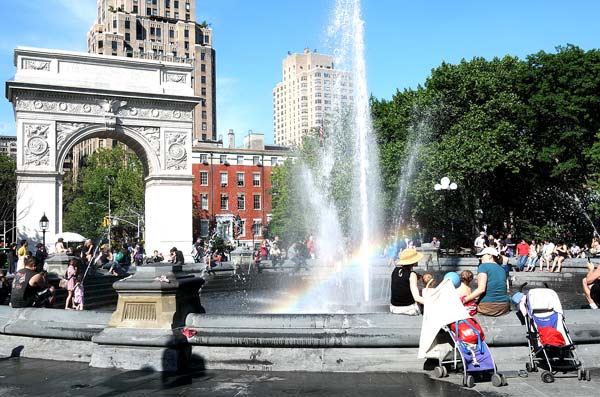



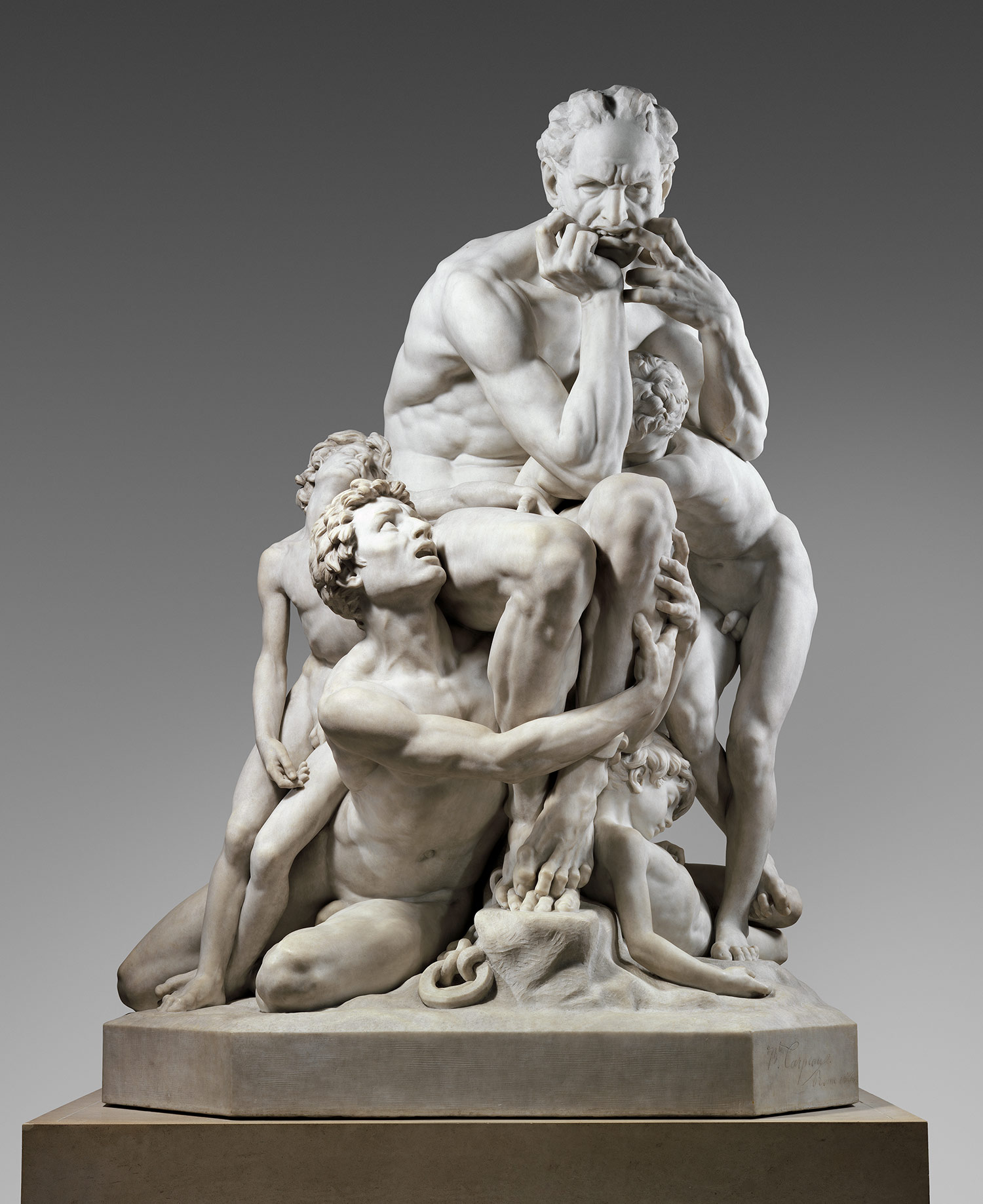

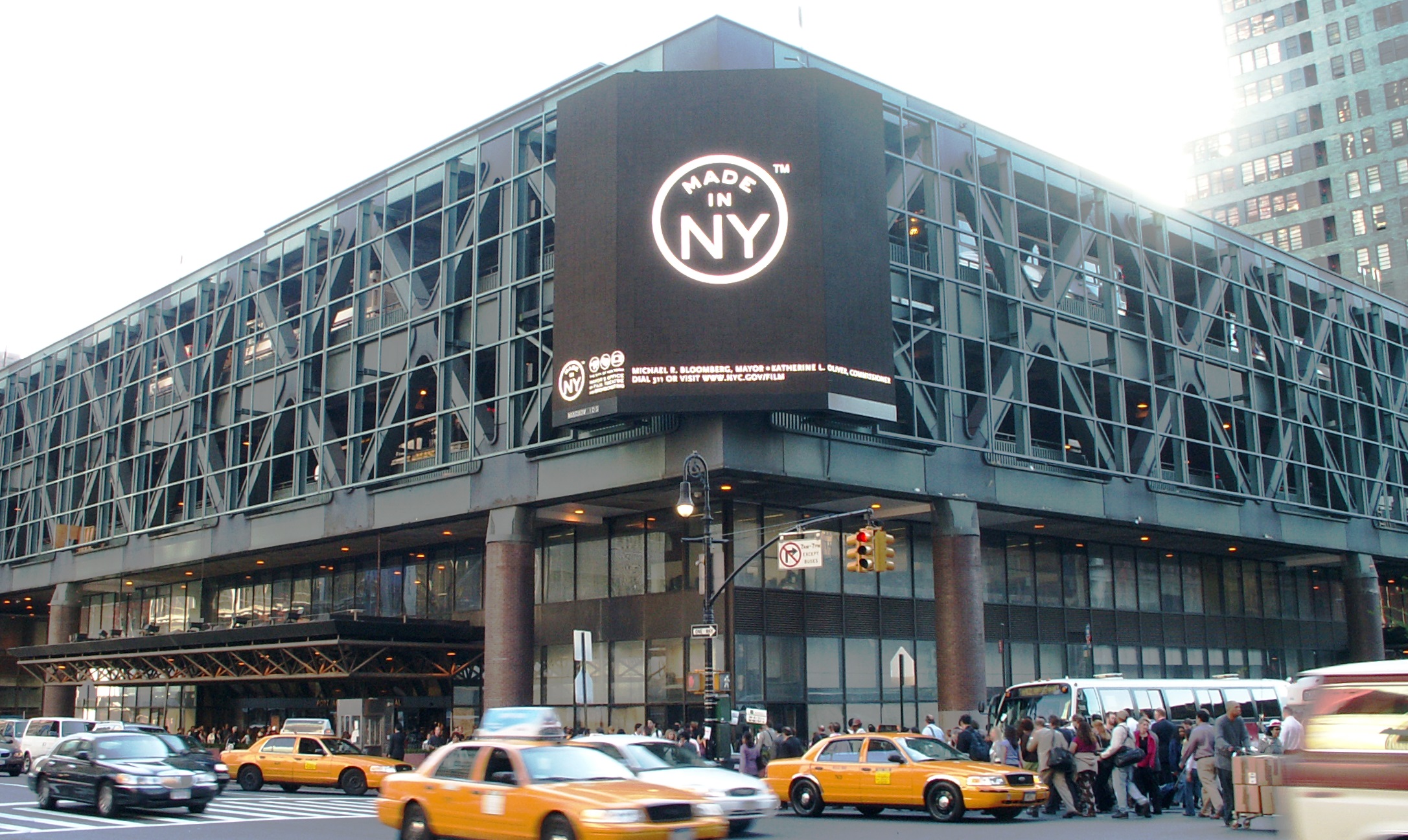

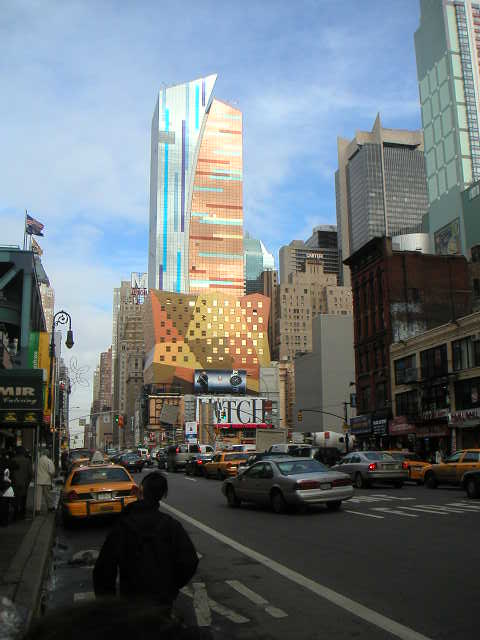
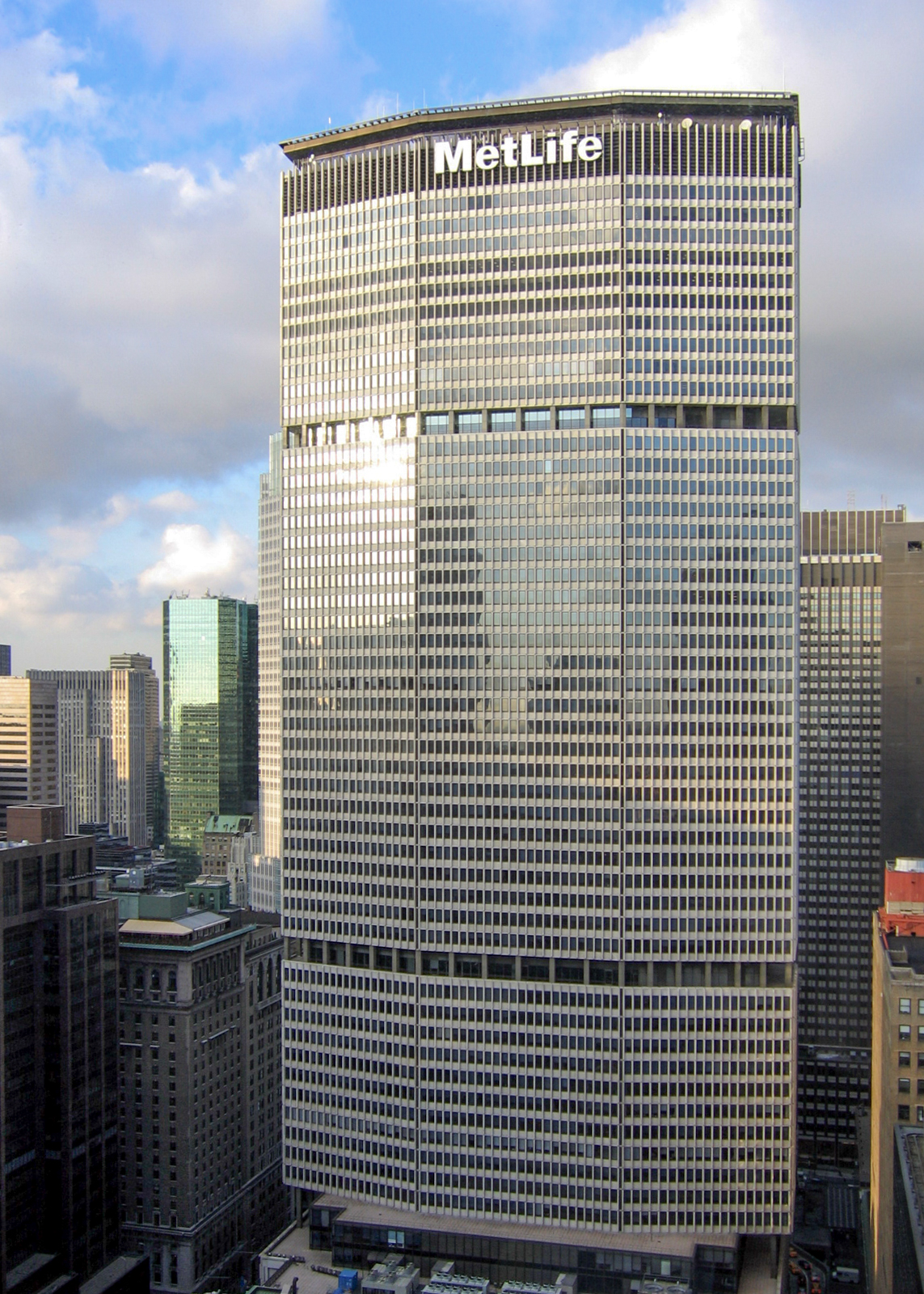
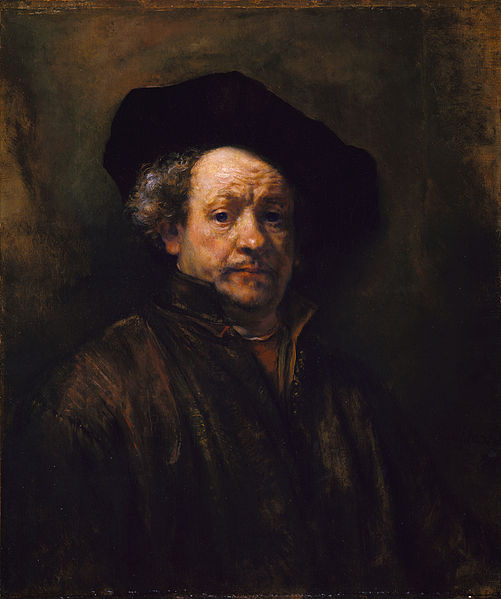
-Vincent-van-Gogh-Met.jpg)

